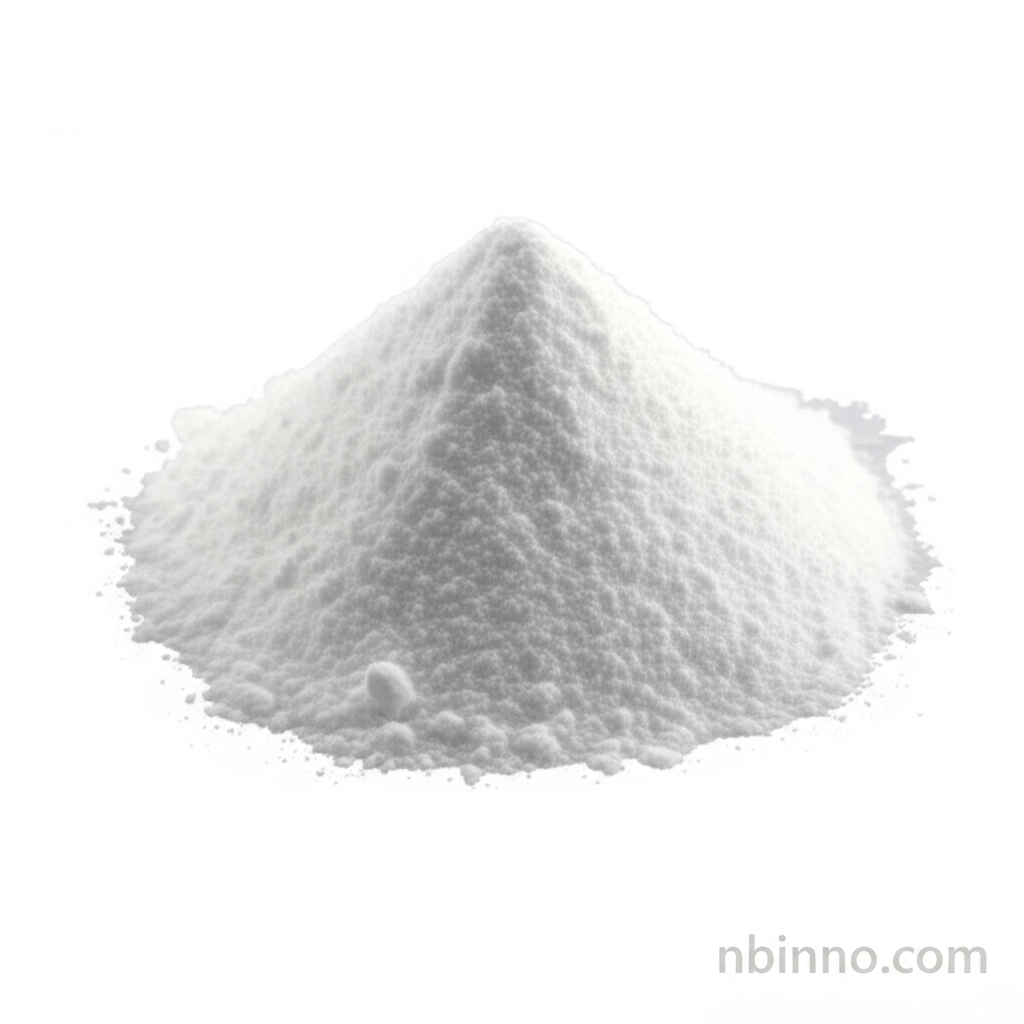Supplier of Fmoc-(R)-3-Amino-5-hexenoic Acid: Purity, Applications, and Sourcing in China
Discover a reliable source for high-quality Fmoc-(R)-3-Amino-5-hexenoic acid, a vital component for pharmaceutical intermediates and advanced organic synthesis. We are a leading manufacturer and supplier in China, committed to providing researchers and developers with the materials they need.
Get a Quote & SampleUnlock Your Synthesis Potential with Premium Fmoc-(R)-3-Amino-5-hexenoic Acid

Fmoc-(R)-3-Amino-5-hexenoic acid
As a trusted manufacturer and supplier in China, we offer Fmoc-(R)-3-Amino-5-hexenoic acid (CAS 269726-95-6) with exceptional purity, exceeding 97%. This compound is a critical building block for complex organic syntheses, particularly in the pharmaceutical and biotechnology sectors. We ensure consistent quality and reliable supply for your research and production needs.
- Source high-purity Fmoc-(R)-3-Amino-5-hexenoic acid from a trusted Chinese manufacturer
- Explore its utility as a key intermediate for peptide synthesis and drug discovery
- Benefit from competitive pricing and efficient supply chain management as your dedicated supplier
- Inquire about bulk purchasing options and custom synthesis services for your specific projects
Why Choose Our Fmoc-(R)-3-Amino-5-hexenoic Acid?
Exceptional Purity & Quality
Our Fmoc-(R)-3-Amino-5-hexenoic acid consistently meets stringent purity standards (≥97%), making it ideal for demanding applications in pharmaceutical intermediates and organic synthesis. As your preferred supplier, we guarantee product integrity.
Reliable Manufacturing & Supply
Leveraging advanced manufacturing capabilities, we provide a stable and dependable supply of Fmoc-(R)-3-Amino-5-hexenoic acid. As a leading producer and supplier in China, we are equipped to meet both research and industrial scale demands efficiently.
Comprehensive Technical Support
Our team offers expert support to help you integrate Fmoc-(R)-3-Amino-5-hexenoic acid into your workflow. From understanding its properties to facilitating your purchase, we are here to assist you every step of the way as your chemical supplier.
Key Applications of Fmoc-(R)-3-Amino-5-hexenoic Acid
Peptide Synthesis
This protected amino acid is a crucial building block in solid-phase and solution-phase peptide synthesis, enabling the creation of complex peptide sequences for therapeutic and research purposes.
Organic Synthesis
Its unique structure with both an Fmoc-protected amine and a terminal alkene makes it a versatile intermediate for various organic transformations and the synthesis of novel compounds.
Pharmaceutical Research
Widely utilized in the development of new drug candidates, it serves as a chiral intermediate in the synthesis of active pharmaceutical ingredients (APIs) and complex molecular structures.
Chemical Building Block
As a valuable chemical building block, it allows chemists to introduce specific functionalities and chirality into target molecules, facilitating innovation in materials science and chemistry.
